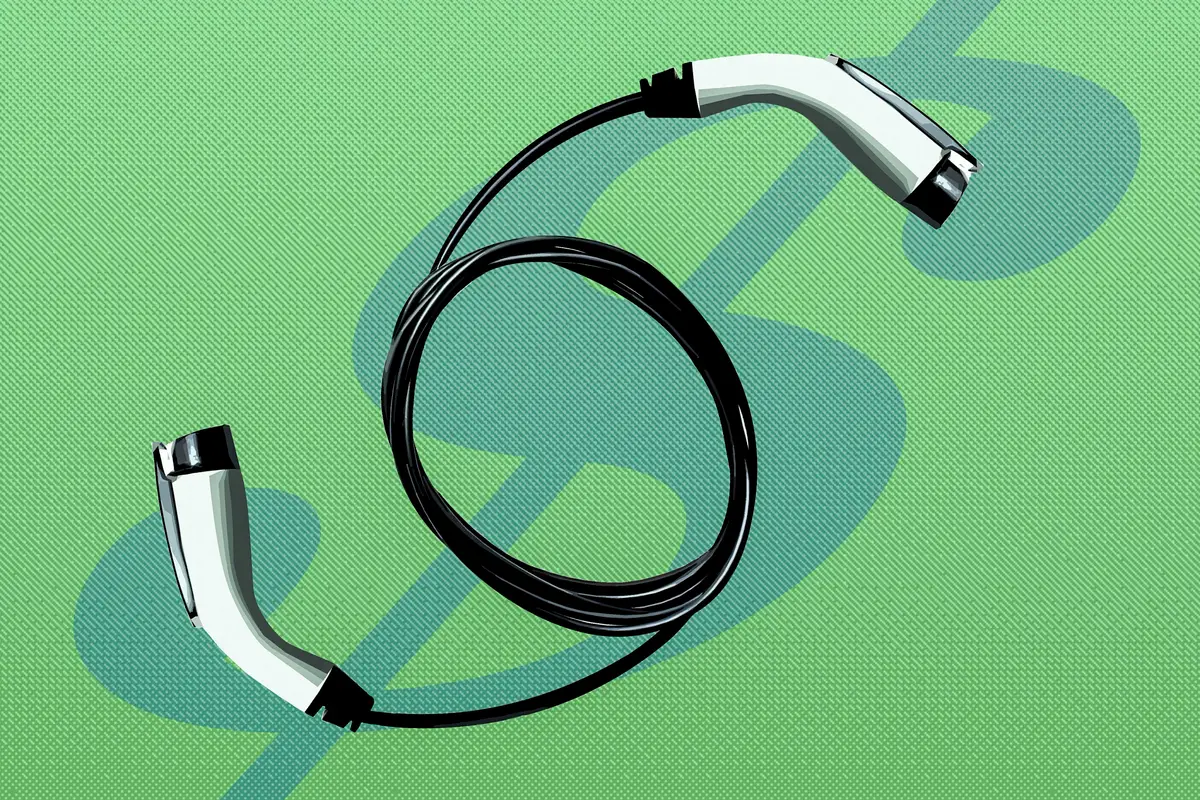washingtonpost.com's view
The 2010 Volkswagen Golf 2.5L hatchback is practical made perfect. That means, in the compact-car segment in which it competes, it’s also expensive.
The Golf’s major rival in the upper-priced lane, roughly $15,500 to $25,000, is the Mazda MX3.
But why buy what essentially are economy cars at not terribly economical prices? Some economy automobiles, such as the Kia Forte, priced $13,700 to $18,500 in round numbers, are excellent values and arguably better buys. They offer good road performance, crash safety and many amenities at bargain prices.
But drives in the gasoline-fueled VW Golf 2.5L and in the diesel-powered Golf TDI, both of which are this week’s subject vehicles, make it clear that Volkswagen concentrates as much, if not more, on performance as it does on economy.
It is a complicated and generally more costly mix favored by many car buyers worldwide, especially those living in large metropolitan areas where car size matters in congested driving and parking conditions, and where long trips to get away from it all often are accompanied by fantasies of spirited runs around racing circuits. The performance-economy mix is, as Volkswagen says in its advertisements, “what people want.”
That was made clear in our week-long experiences — on separate occasions — with the Golf 2.5L and the Golf TDI. “Our,” as many of you familiar with this column know, includes me; my wife, Mary Anne; and Ria Manglapus, my Washington Post colleague for vehicle evaluations.
Along with the Golf 2.5L hatchback and the Golf TDI sedan, both of them front-wheel drives, we had other vehicles available, including luxury sedans and sports cars. We all preferred the Golf, a preference that created some conflicts in terms of who would drive the car of choice.
Those impasses were good things for me. Mine is the determining vote. I chose the Golf. Here’s why:
— Volkswagen and its luxury division, Audi, make the best interiors in the car business. Whether luxury or economy, it’s always a pleasure to sit in a VW or Audi equipped with first-class materials installed in a first-class manner. The Golf models were no different.
— Anxiety accompanies driving luxury automobiles and high-end sports models. In them, I worry more about theft, ambient traffic and damage via parking. In the Golf, such worries are greatly reduced. It’s a good-looking little car with “fun-to-drive” performance that, relatively speaking, comes with a much more affordable insurance penalty.
— Lower anxiety yields more fun and honors common sense. The reality is that there are no known metropolitan motoring districts that will allow you to exploit the power and overall performance capabilities of expensive luxury sedans and sports coupes.
You can take them to regional racetracks, as some of their owners do in pursuit of happiness behind the wheel. But most of us don’t have that kind of money or time. Cars such as the Golf are perfect for living racetrack fantasies within the many driving restrictions of the real world.
Of the Golf 2.5L and the Golf TDI, Mary Anne and Ria favored the 2.5L. They liked its hatchback utility and its requirement for regular gasoline — easier to find and generally less expensive than diesel.
I preferred the TDI, although it had 30 horsepower less than the 2.5L (140 horsepower for the TDI versus 170 for the 2.5L). For me, torque, the twisting power that actually moves the drive wheels, is more important, and the TDI has more of that (236 foot-pounds versus 177 foot-pounds for the 2.5L). I liked the feel of it. I also appreciated its optional, intuitive onboard navigation system.
Latest news



